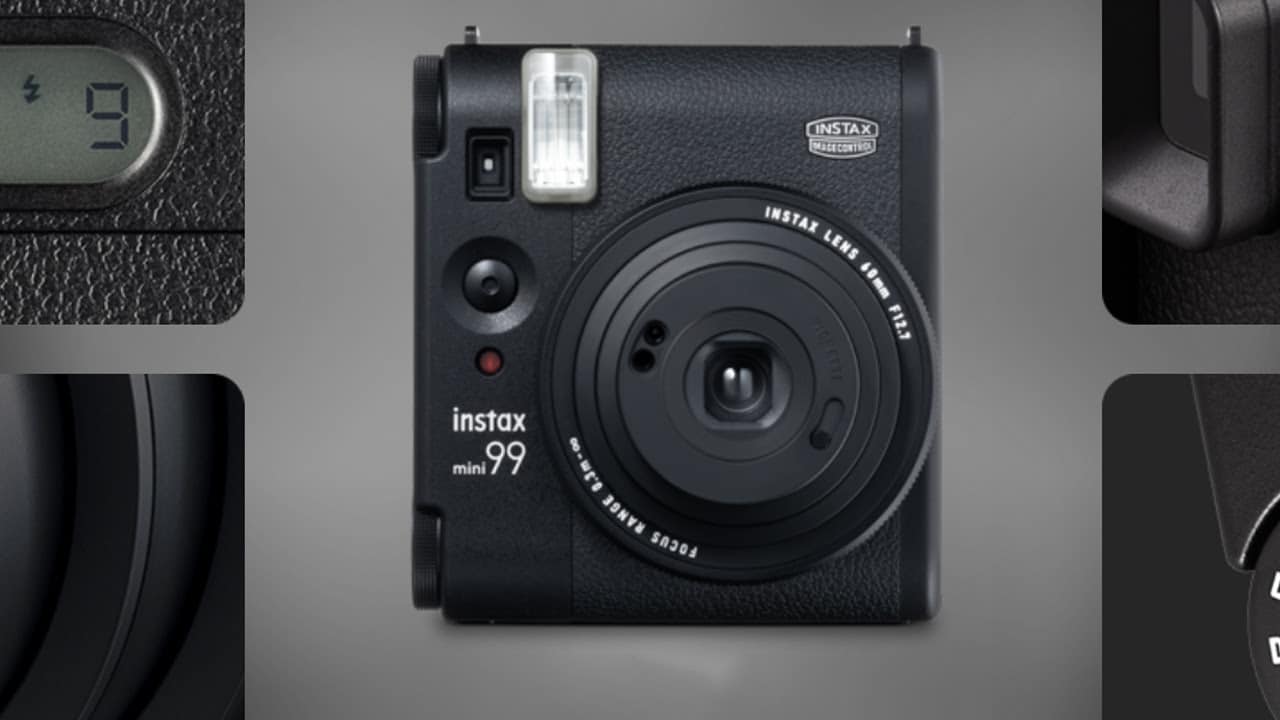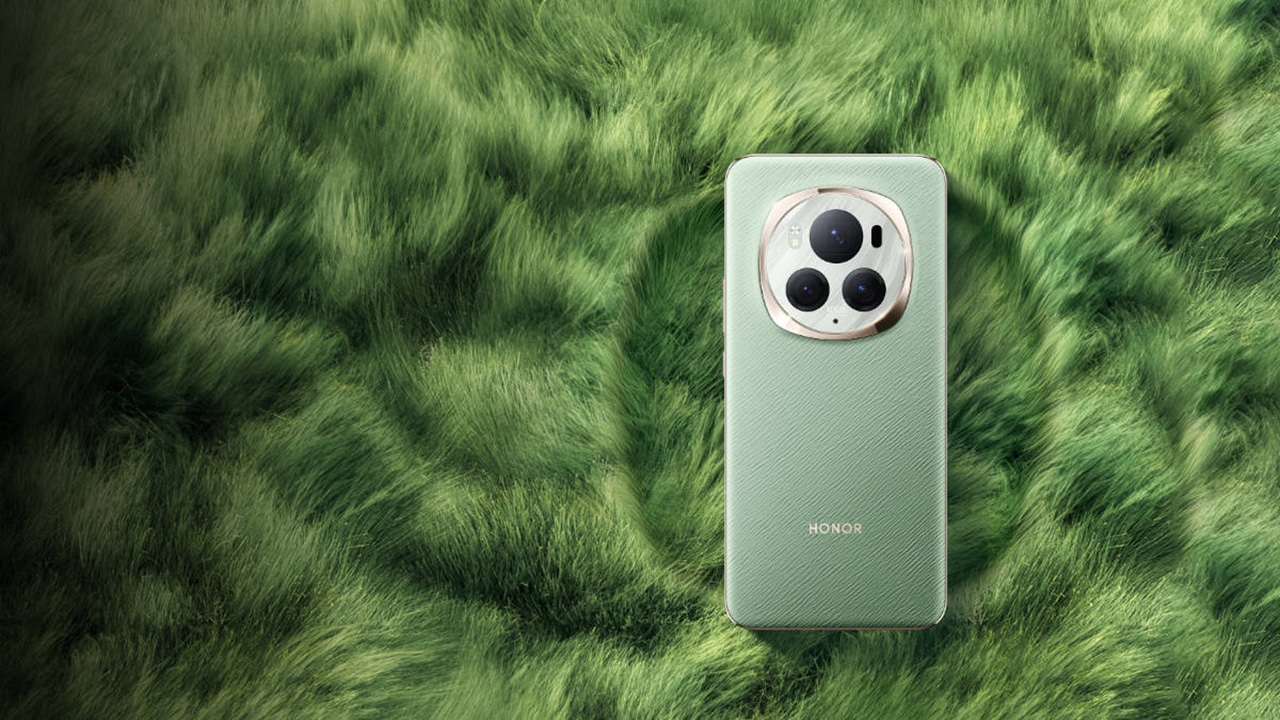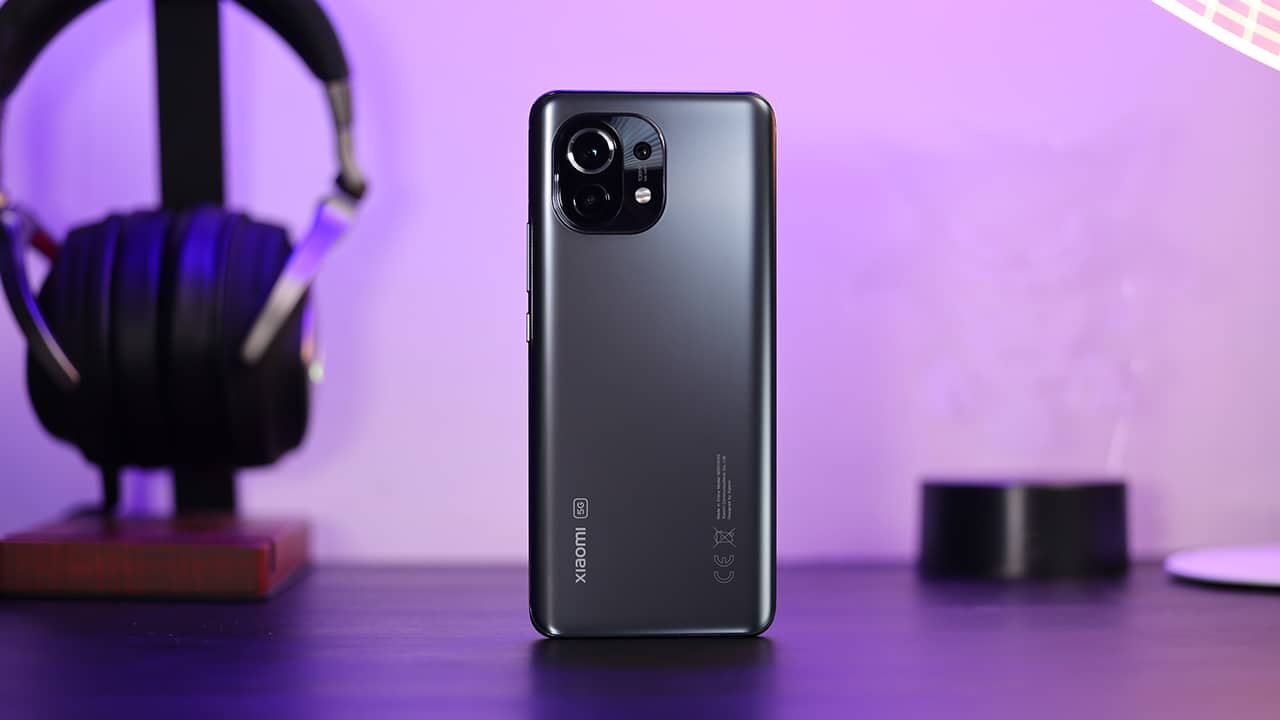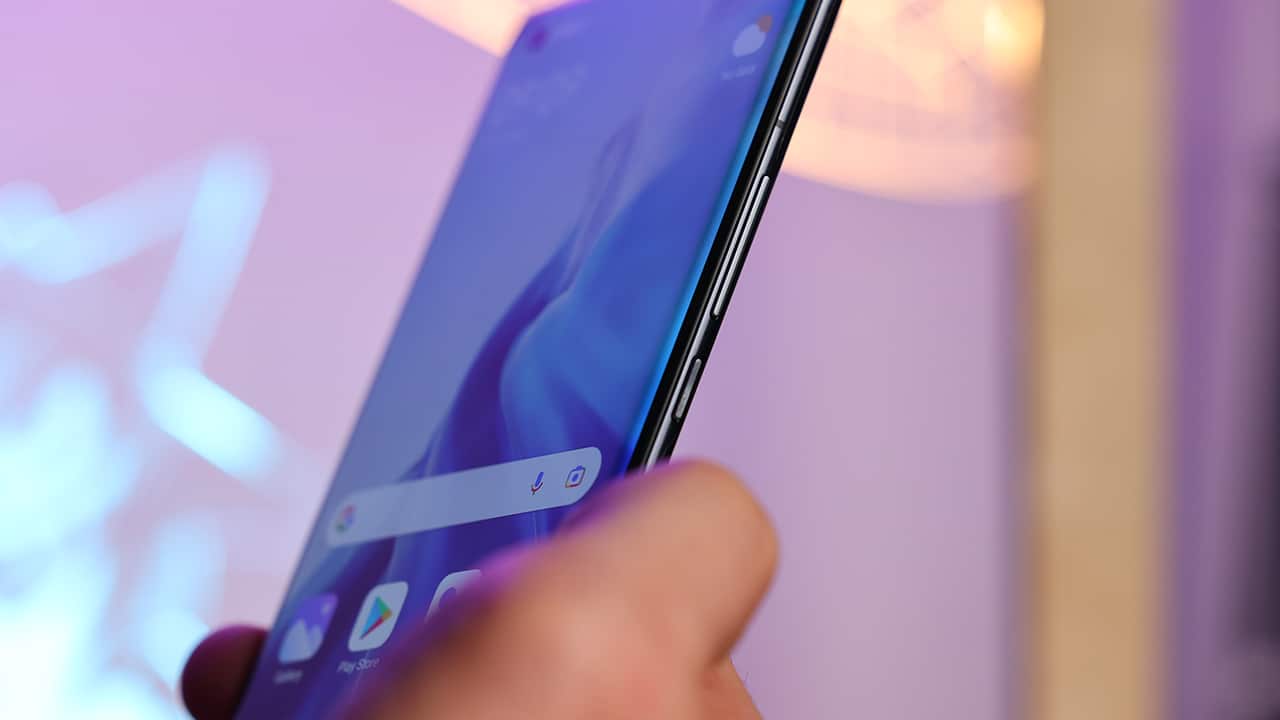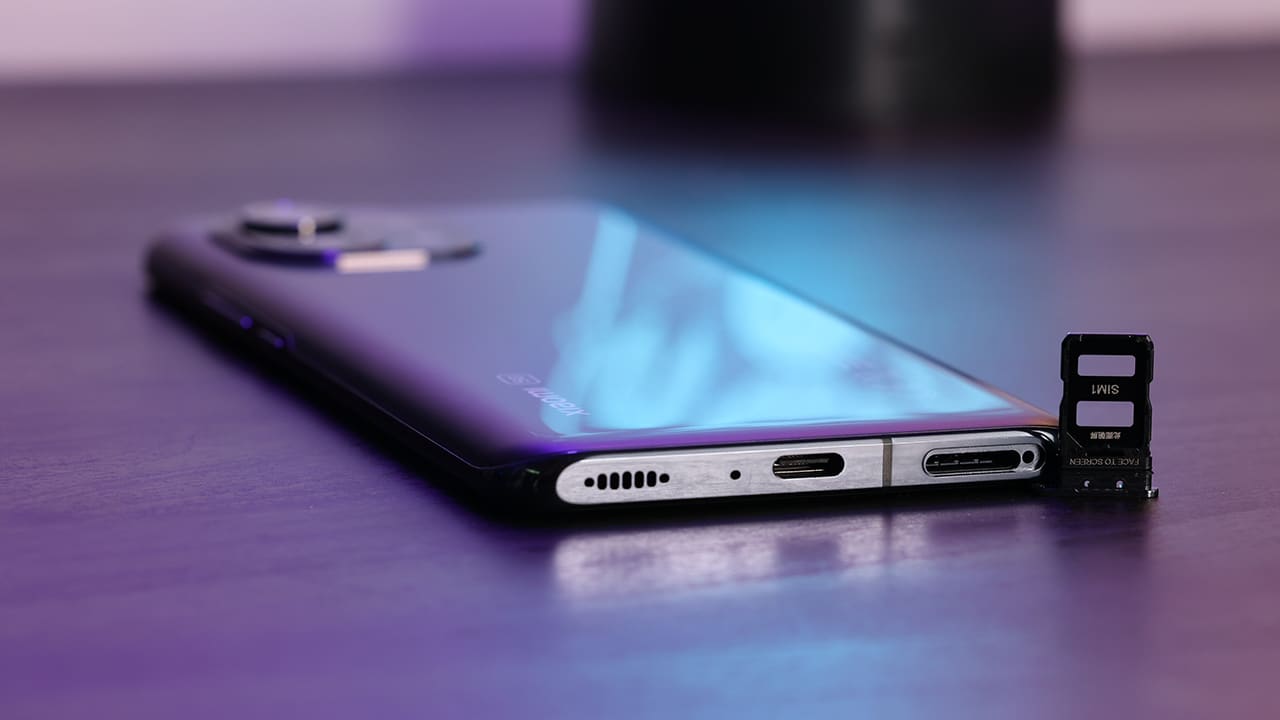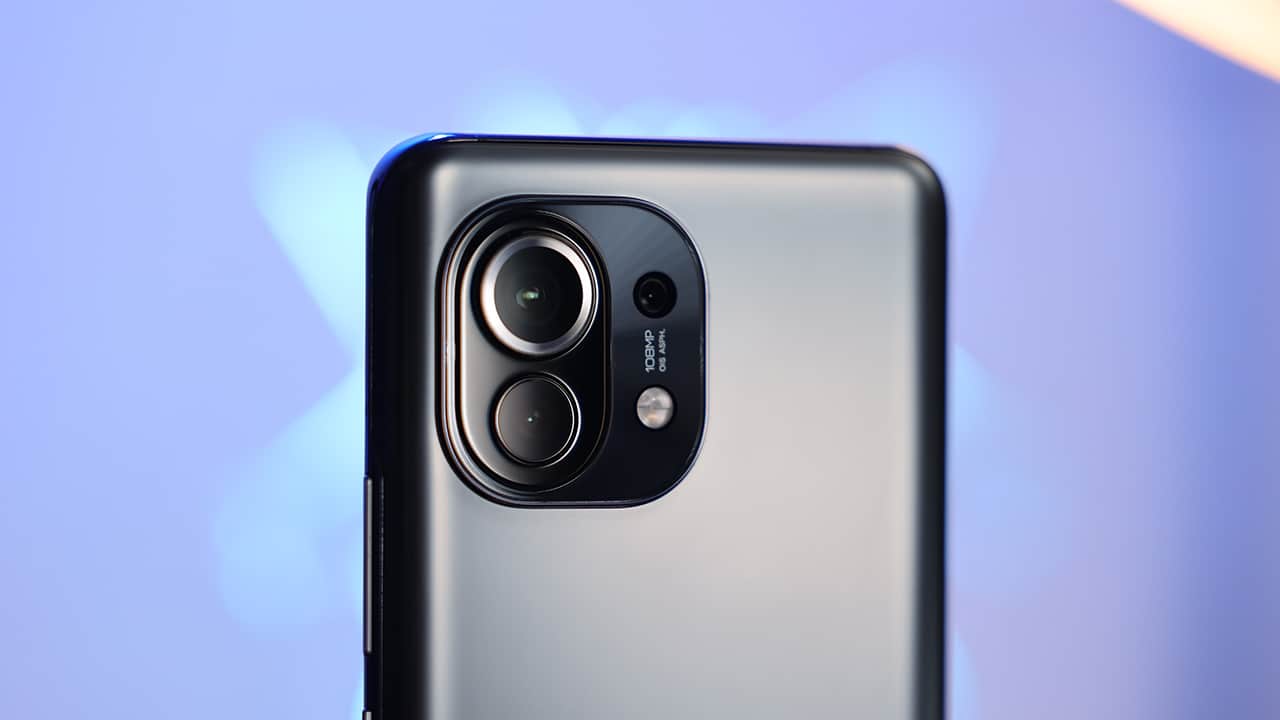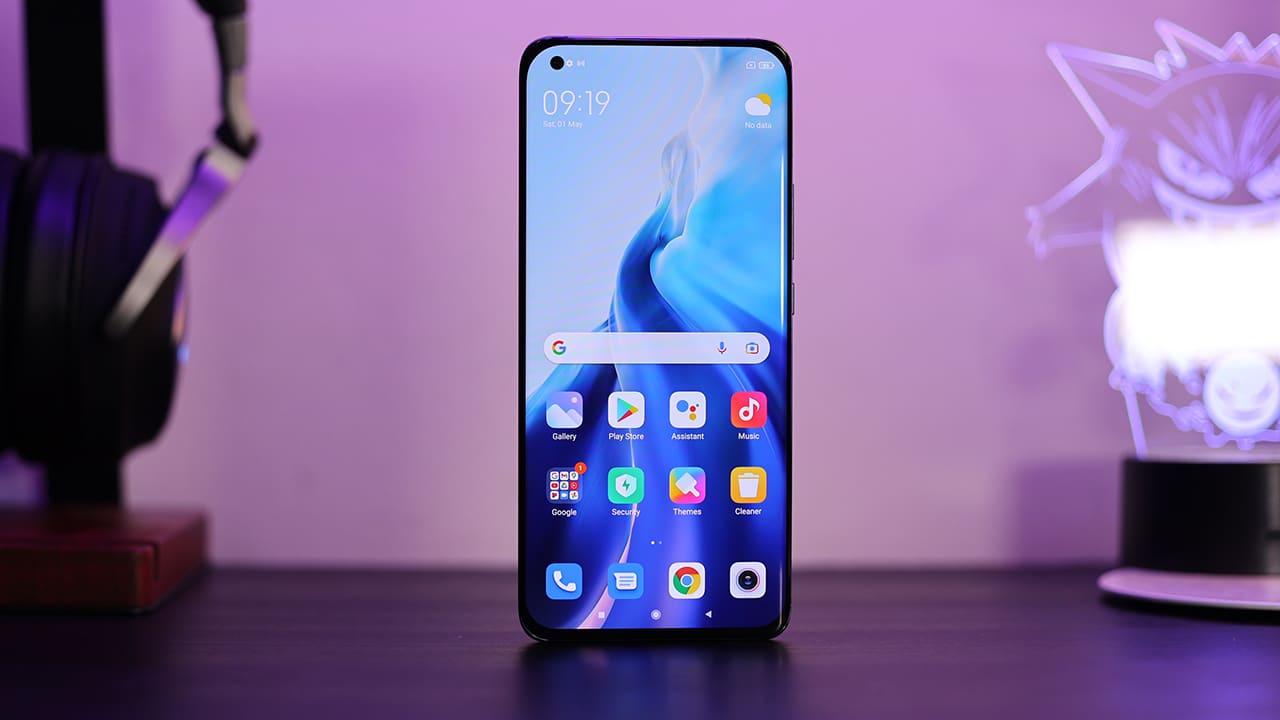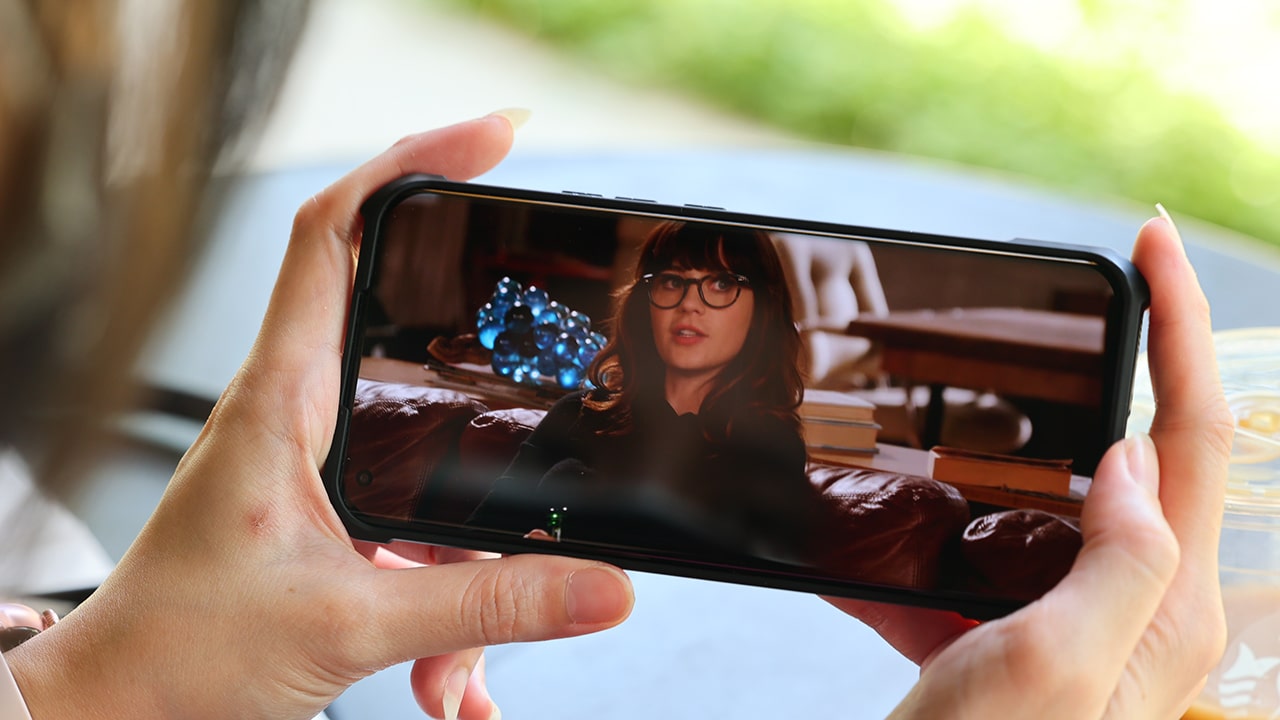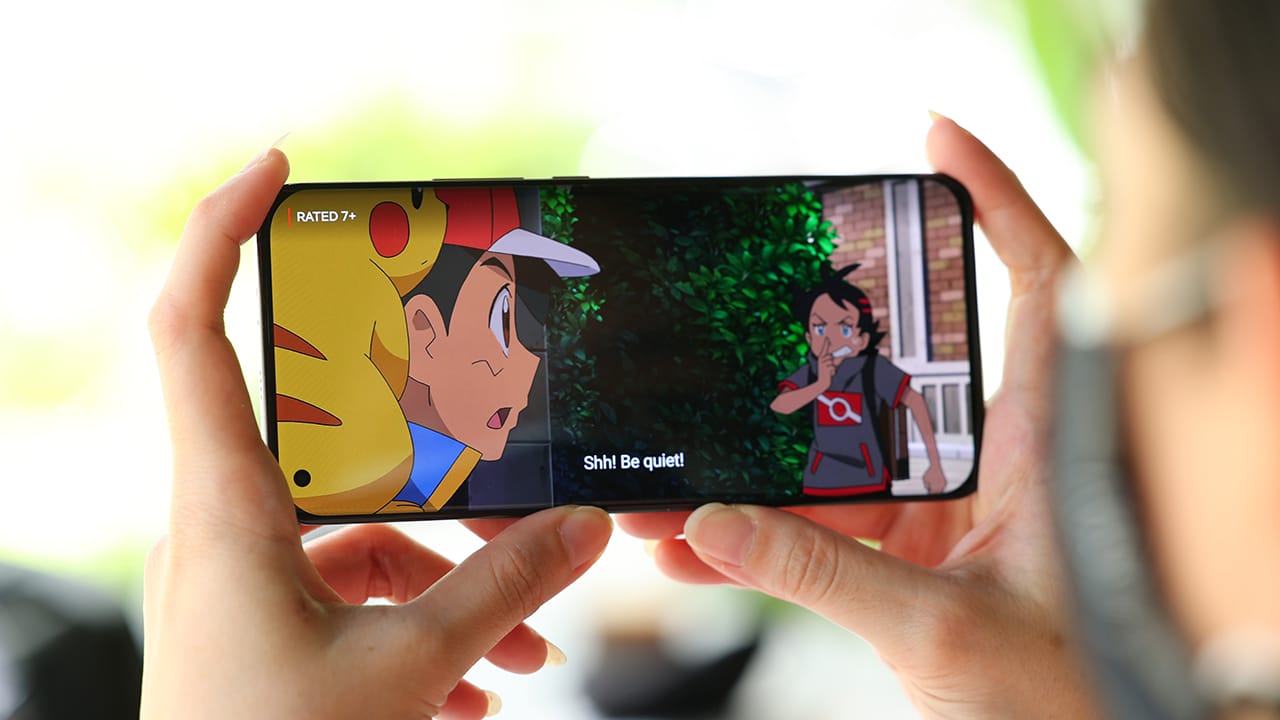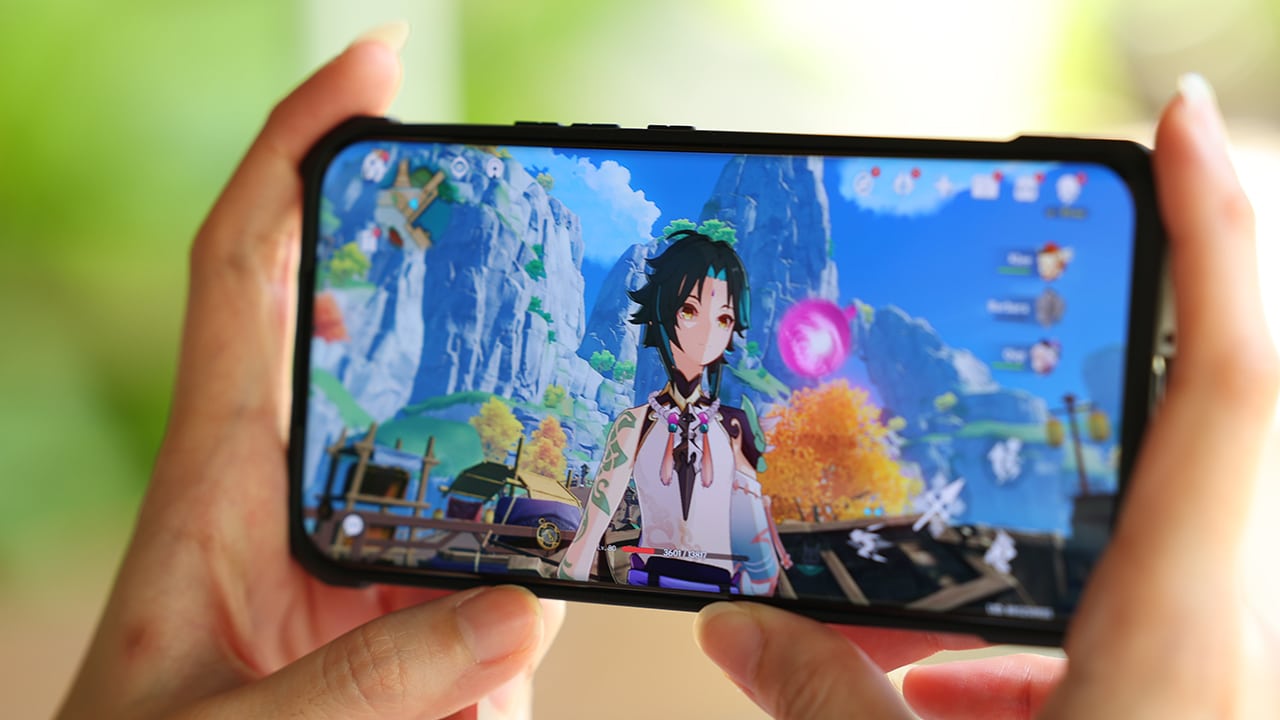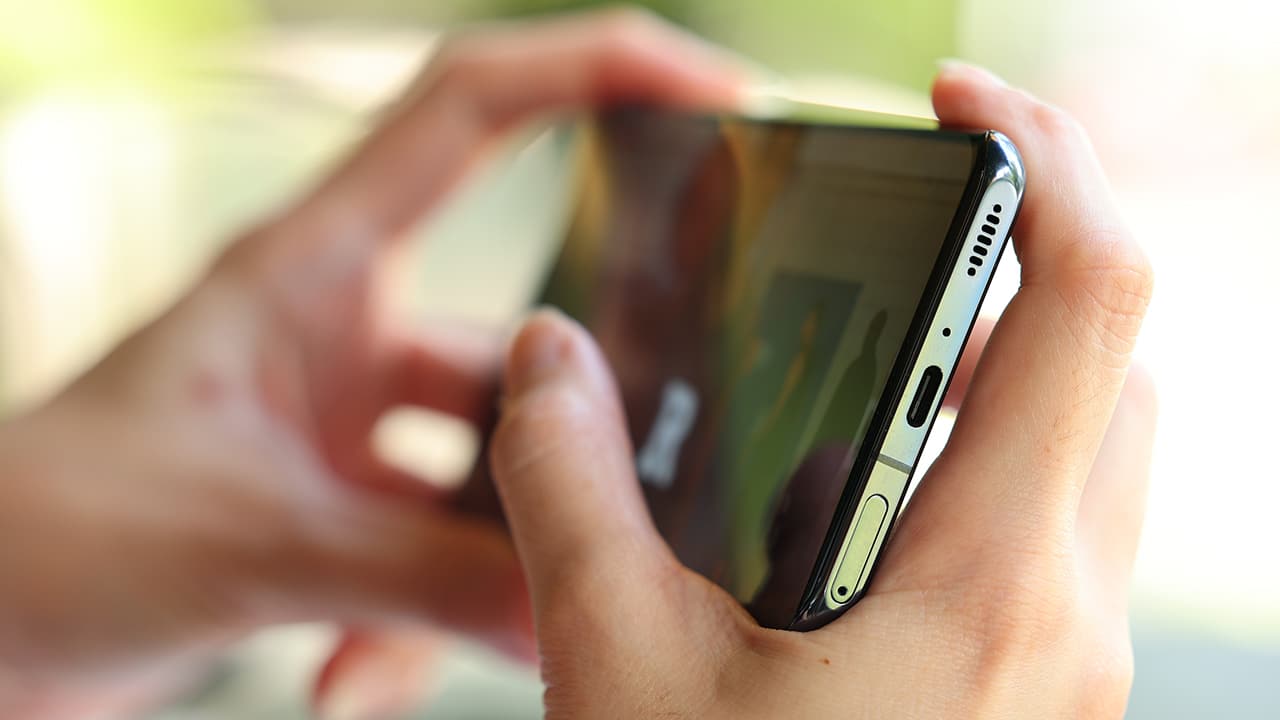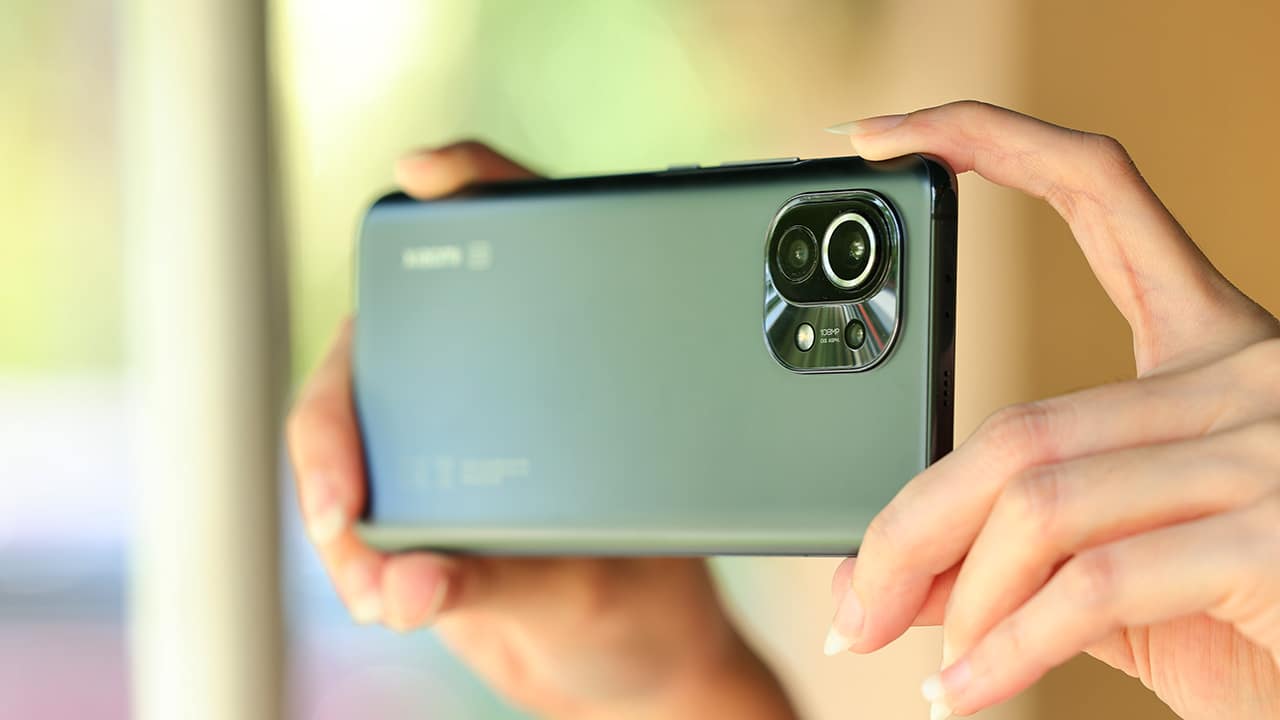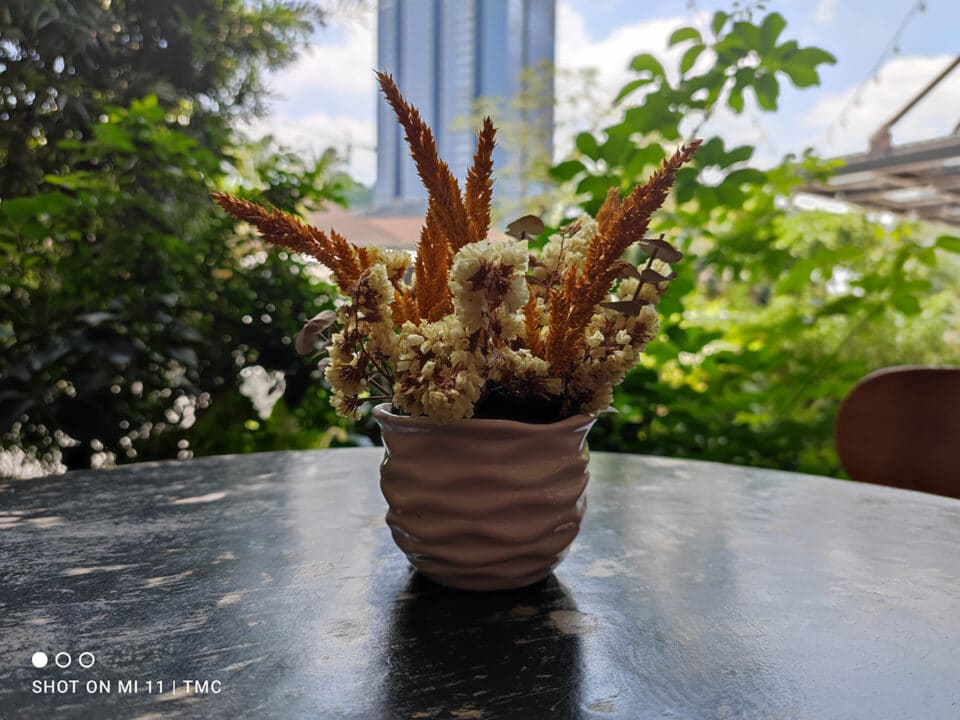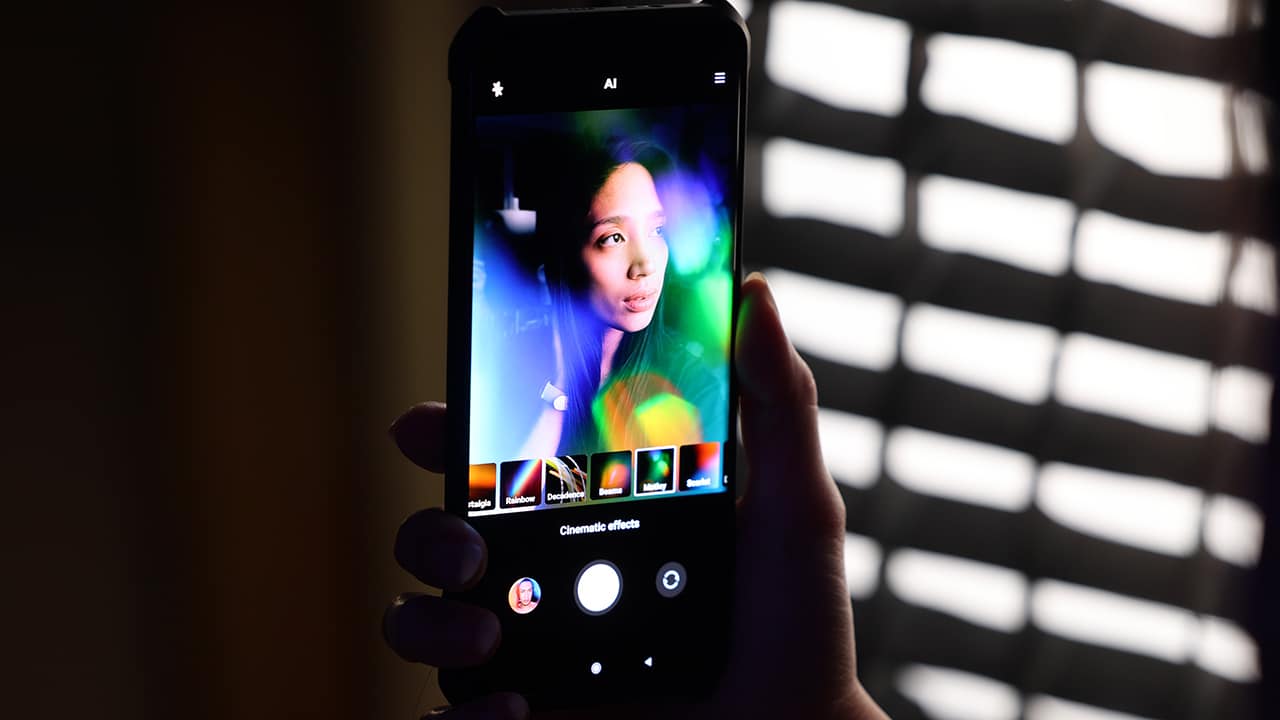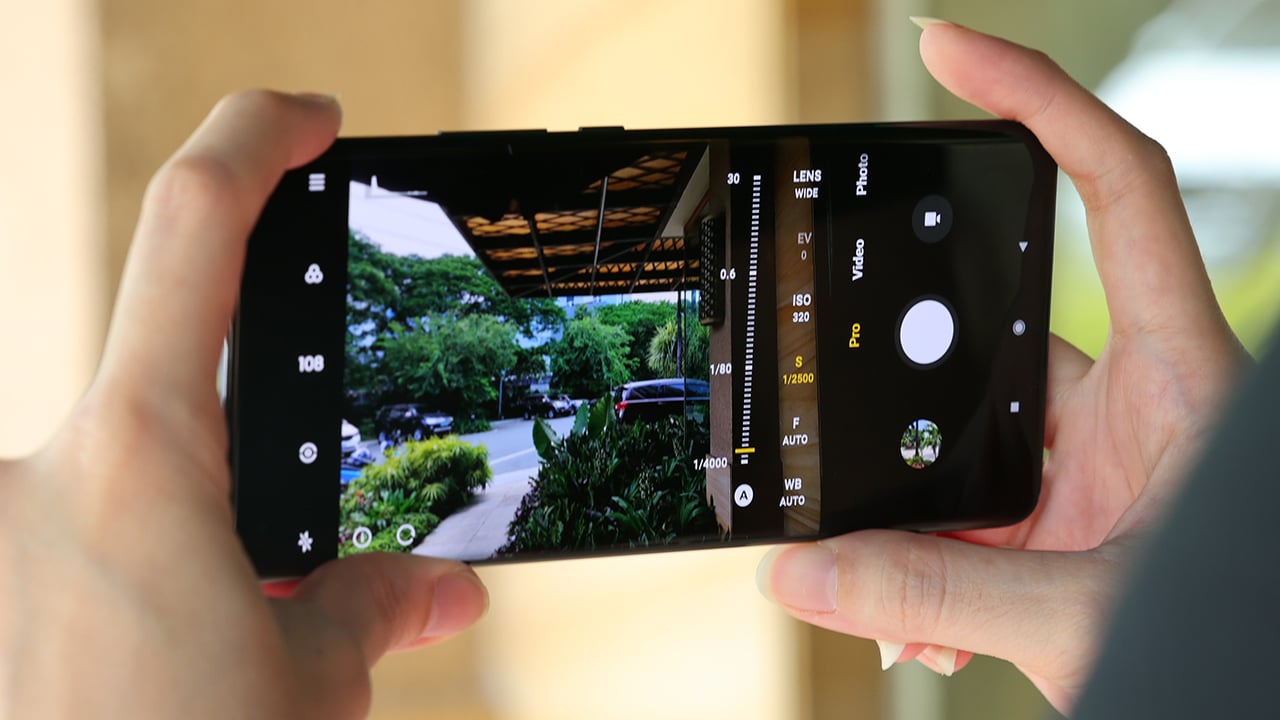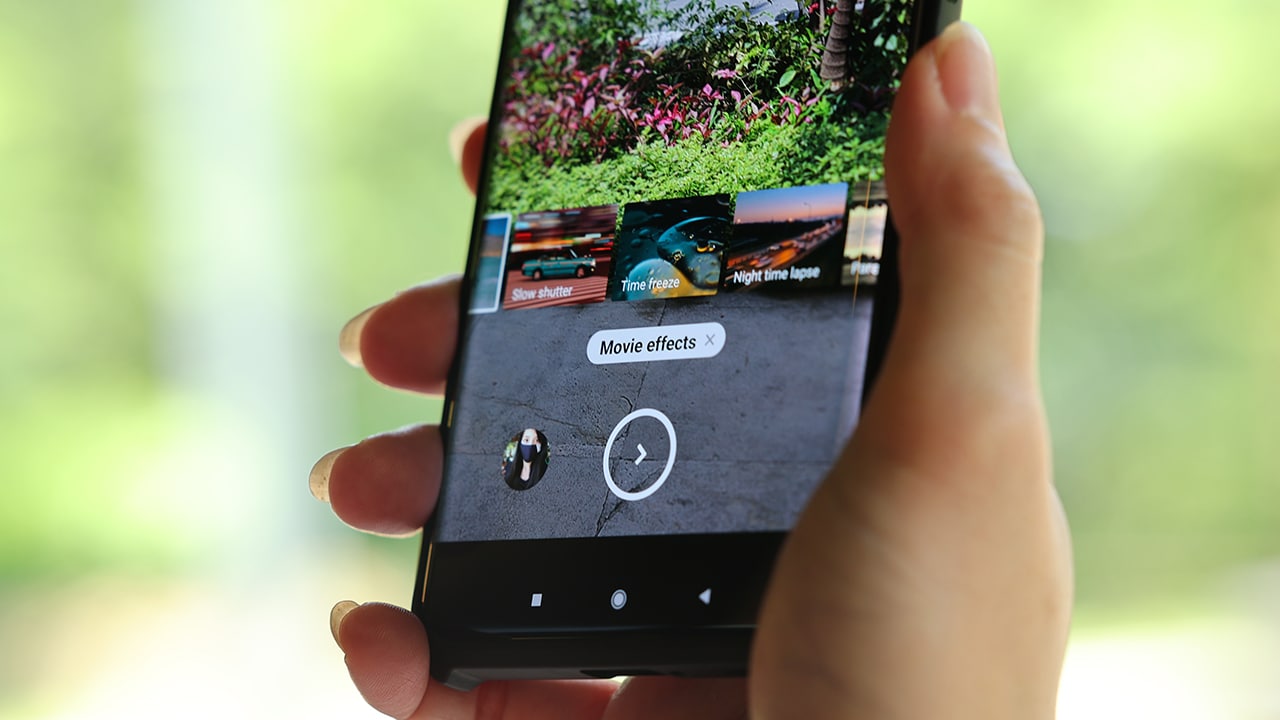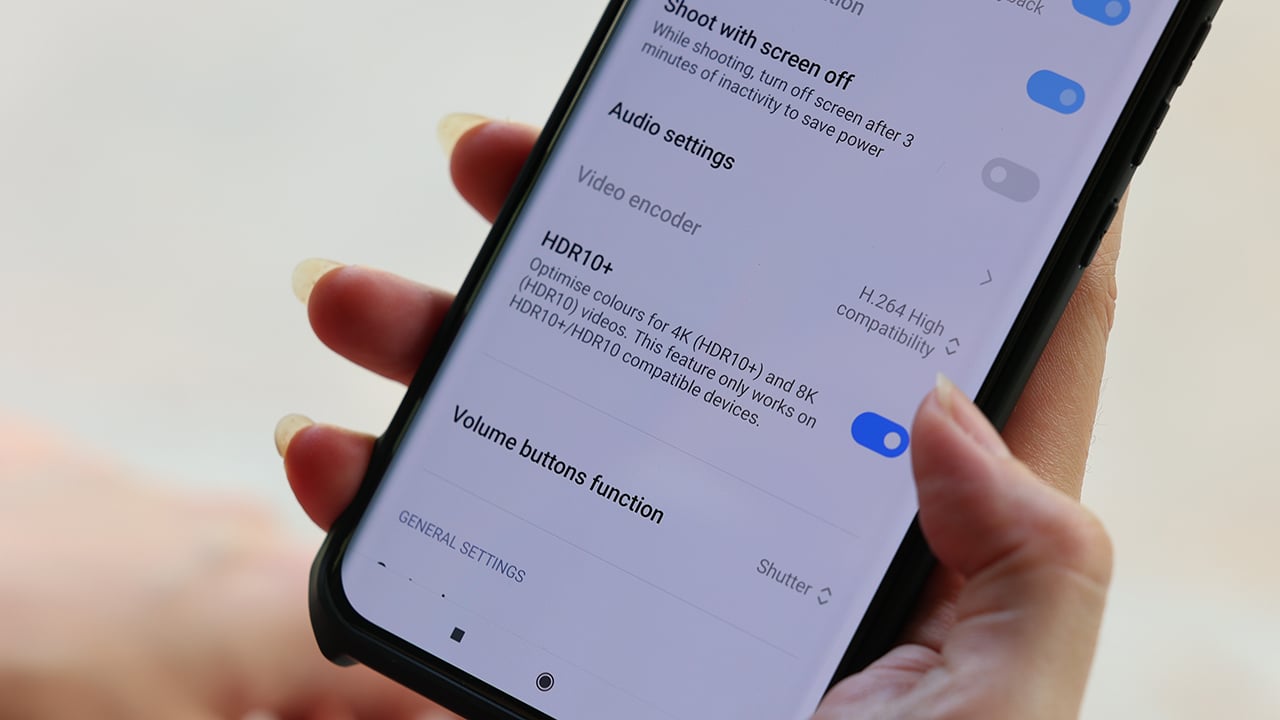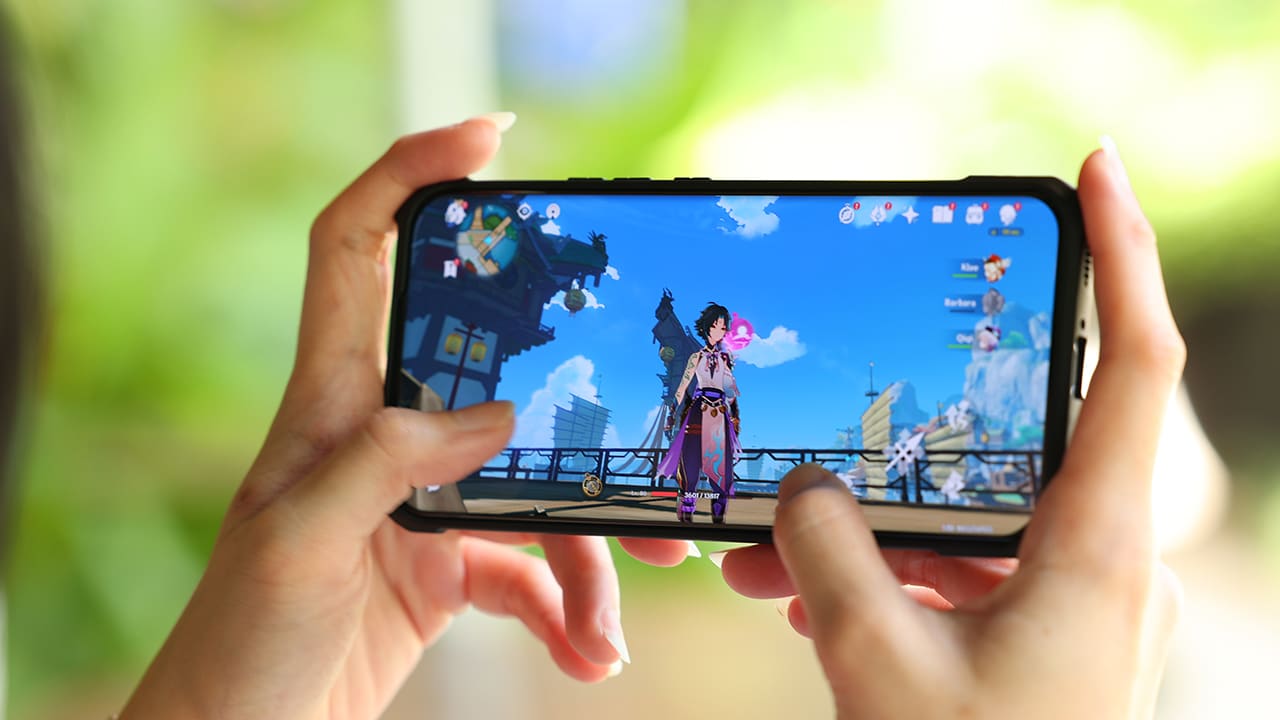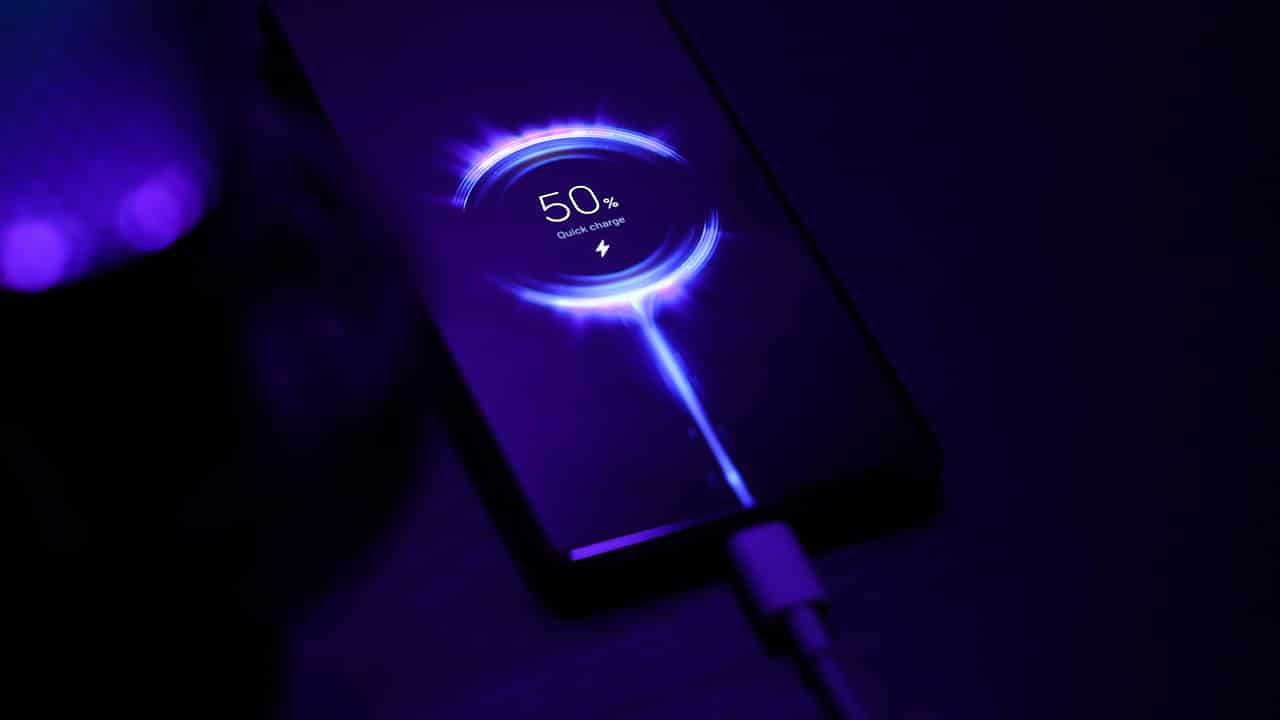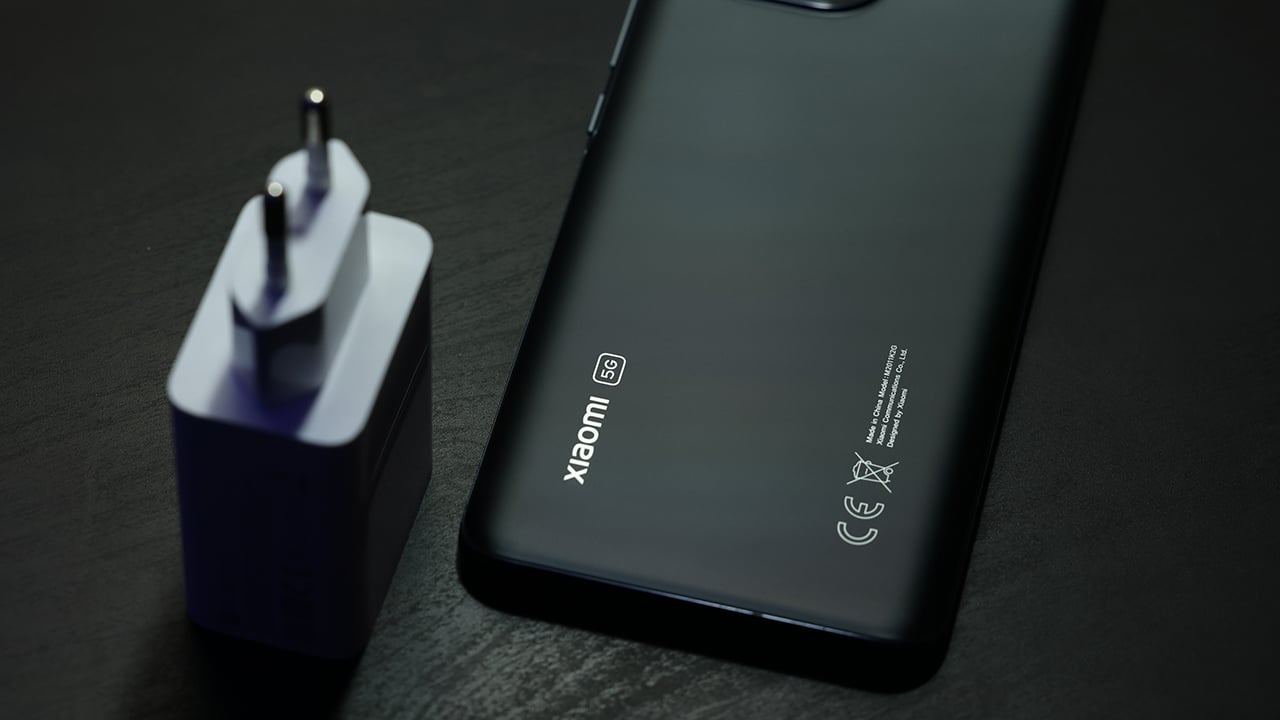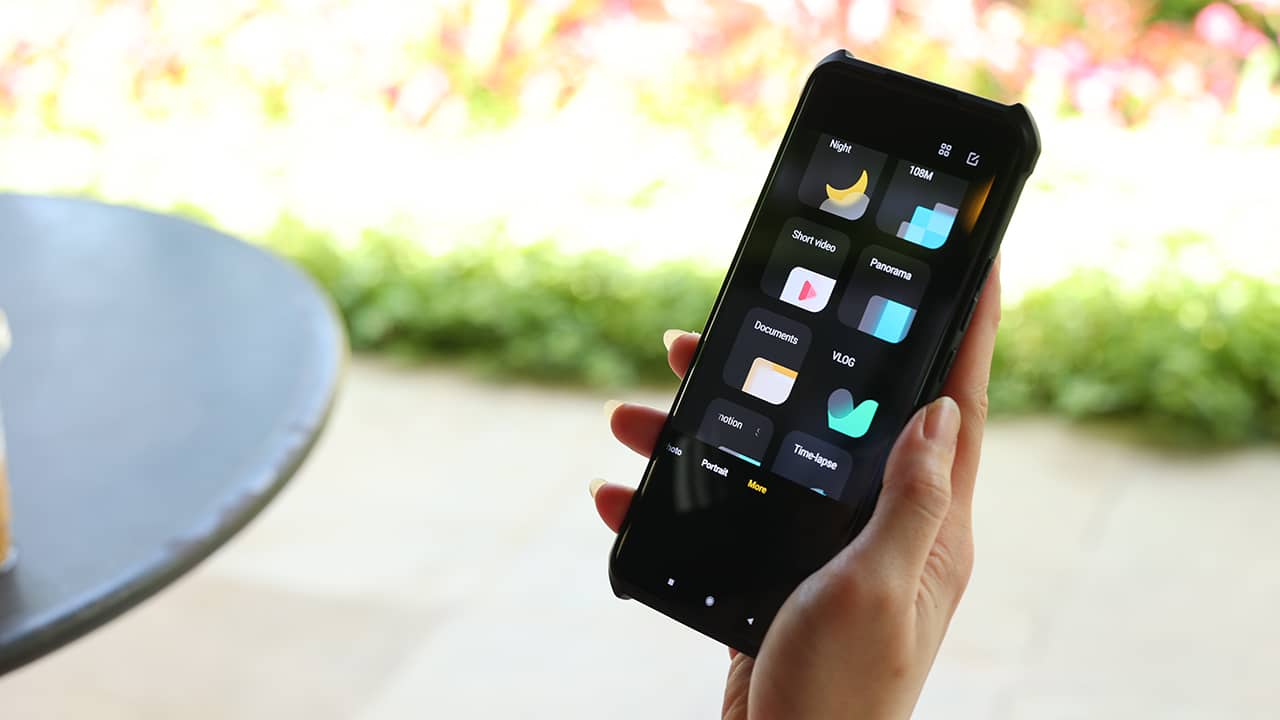Trying to stay true to its purpose to release flagship specs for less, POCO released another phone that has great potential to perform well at a very affordable price. One of the first models released this 2022 is the new POCO M4 Pro.
With that being said, let us first talk about the design.
Design
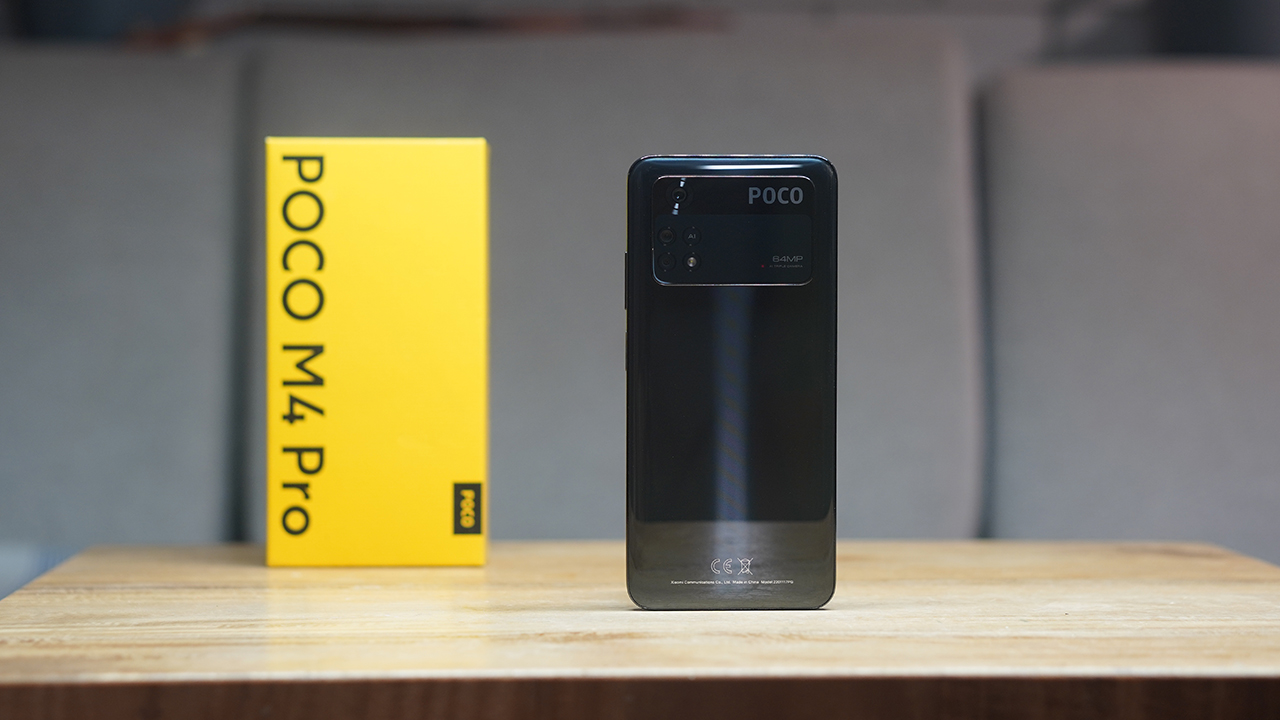
With dimensions of 159.87mm x 73.87mm x 8.09mm, it sits in your hand with great comfort. POCO M4 pro is good for people with medium to large hand sizes. However, if you have a smaller hand, it might be a struggle to hold the phone securely.
The review unit that we have comes in Power Black. There are other color options for POCO M4 Pro which include Cool Blue and POCO Yellow.
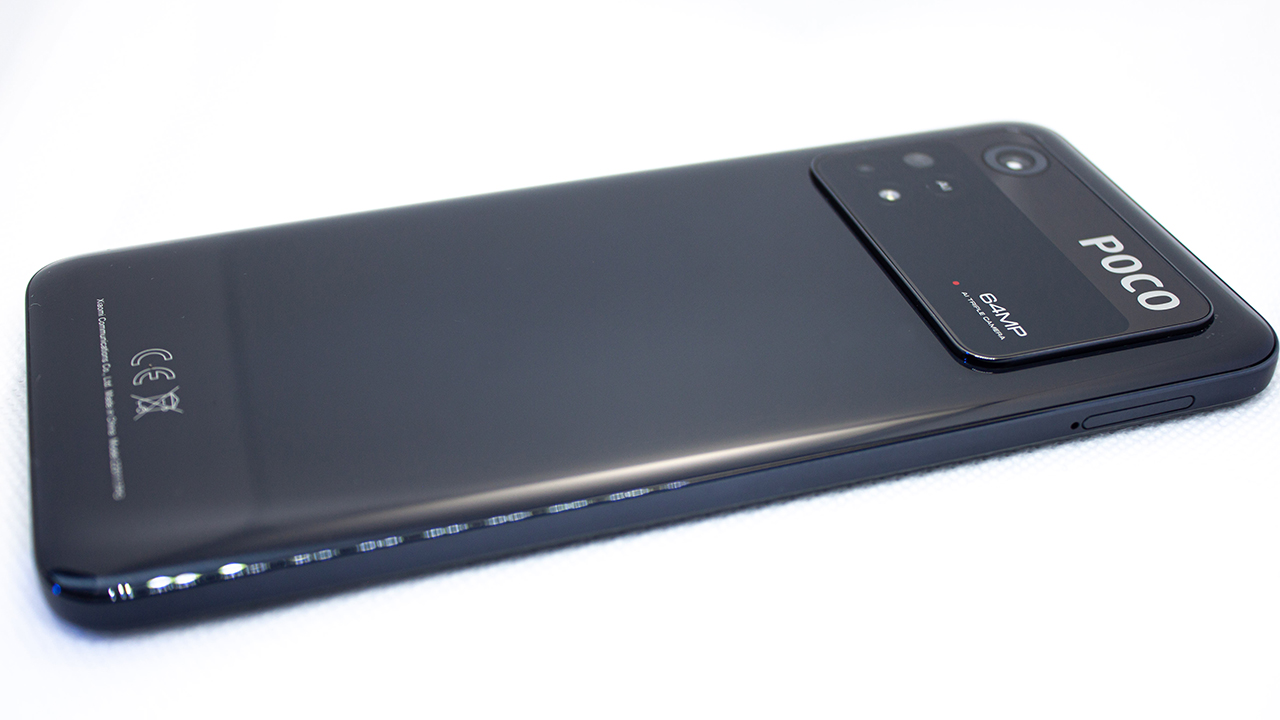
For the material used, POCO chose to use plastic to house the phone for both the back panel and also the frame. Do not be misled though, because even if the housing of the phone is plastic, the quality of the build still feels sturdy enough to withstand low-level drops.
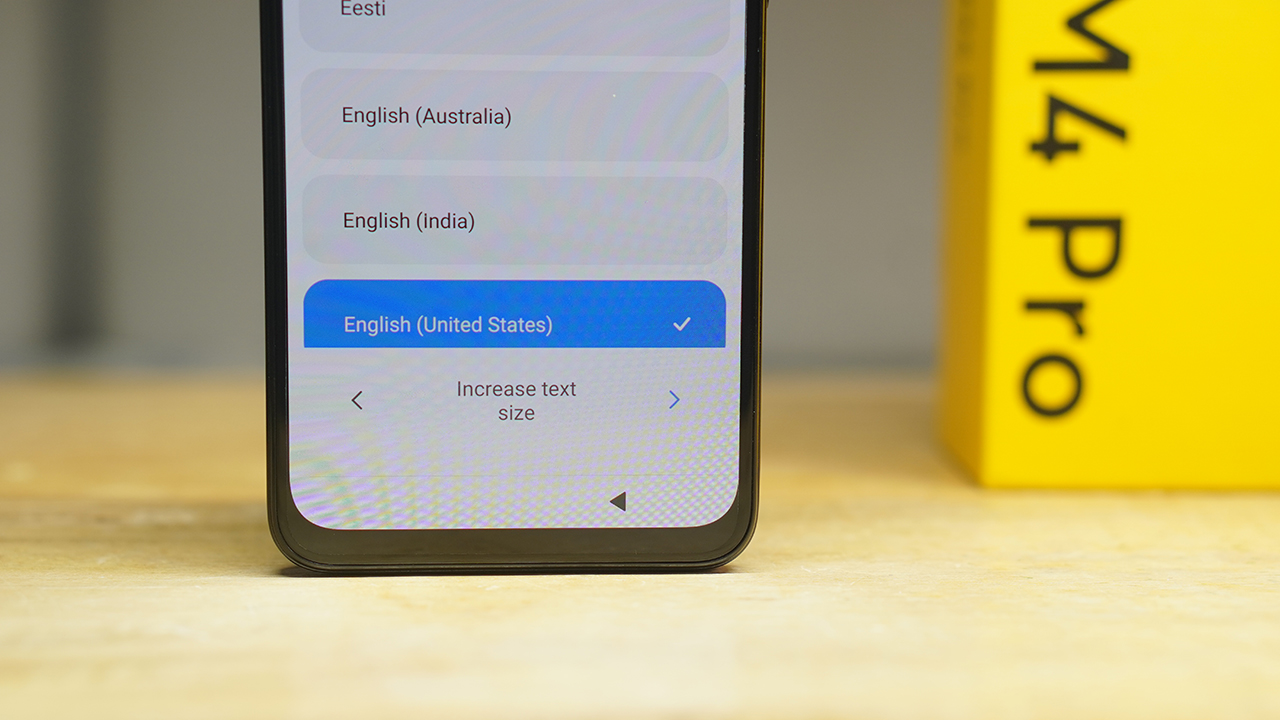
Using the provided silicon case will add more protection and if you include the built-in screen protector together with the fact that the screen is made with Gorilla Glass 3, users could rest assured the POCO M4 pro could withstand drops.
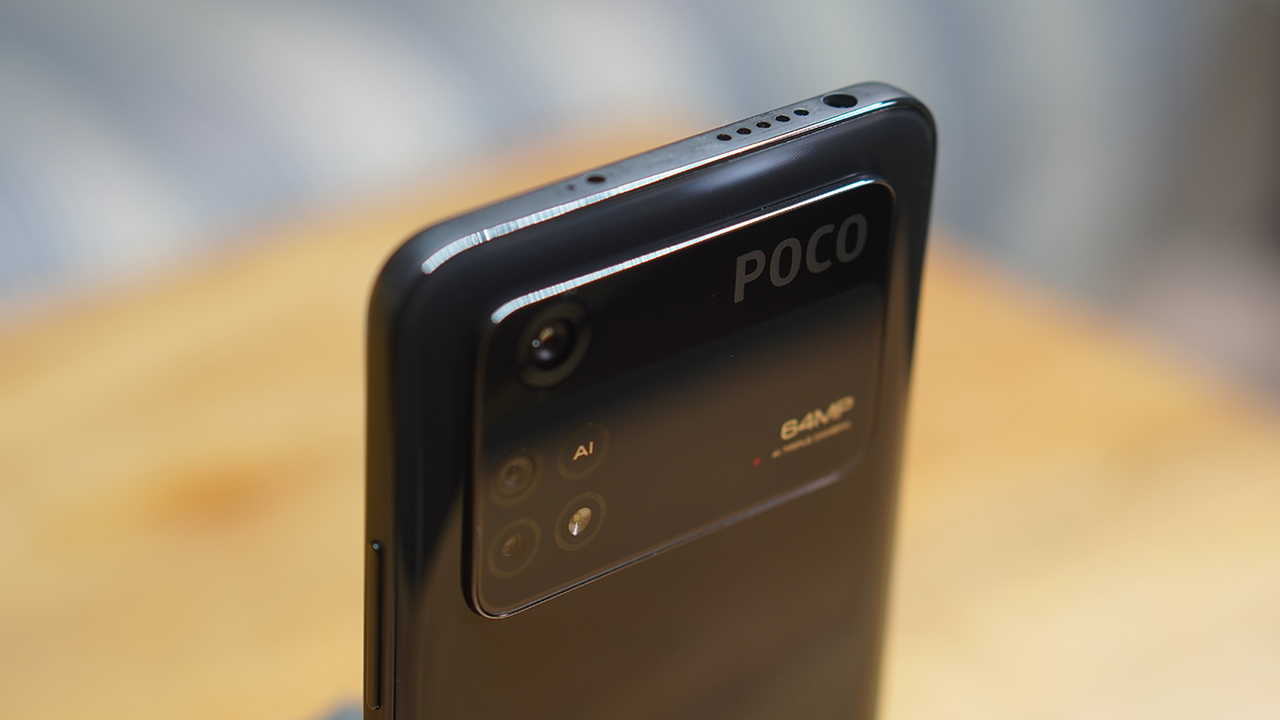
The back panel was designed in such an elegant way that even though the material is plastic, it still looks premium with its glossy finish. The only downside with this style is that it makes the phone a fingerprint magnet.
With that being said, using the provided silicon case also helps with the fingerprint situation. Housing the camera module with a big housing also saves the phone from camera shake so if you are not a fan of those, this phone could be a good choice for you.
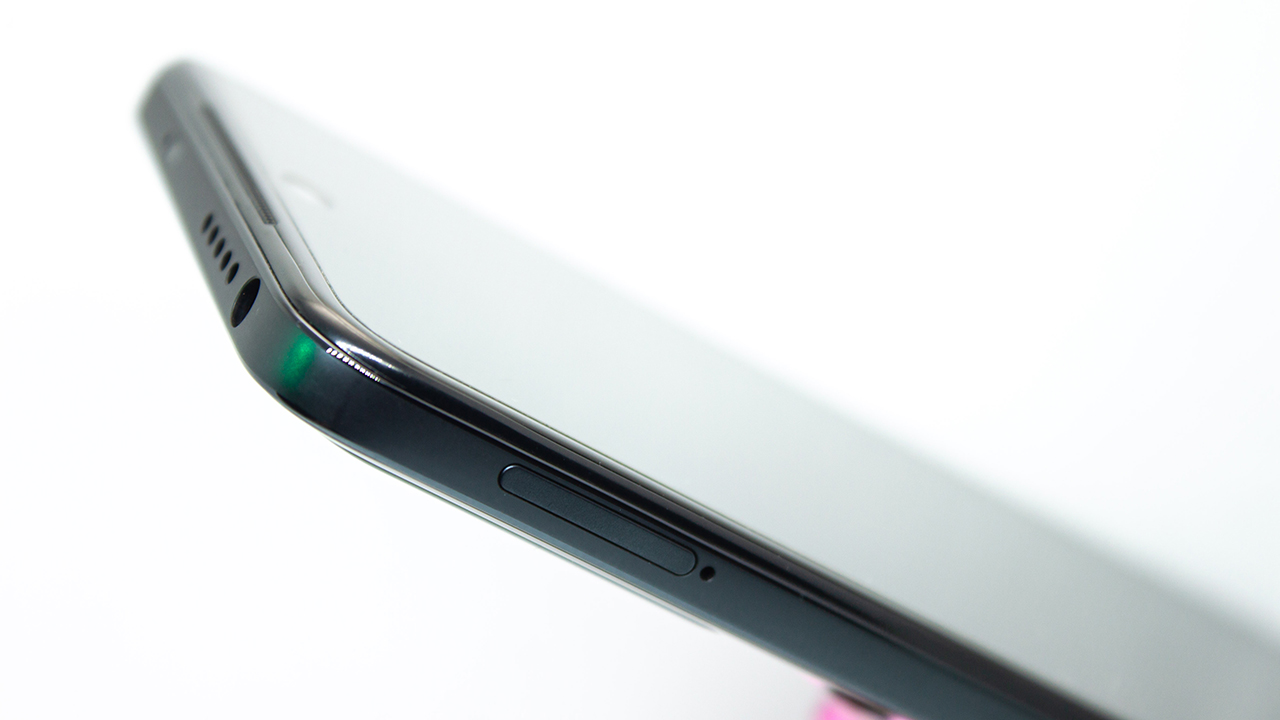
The top of the phone houses one of your two loudspeakers, a dedicated 3.5mm audio jack, IR blaster, and a microphone.
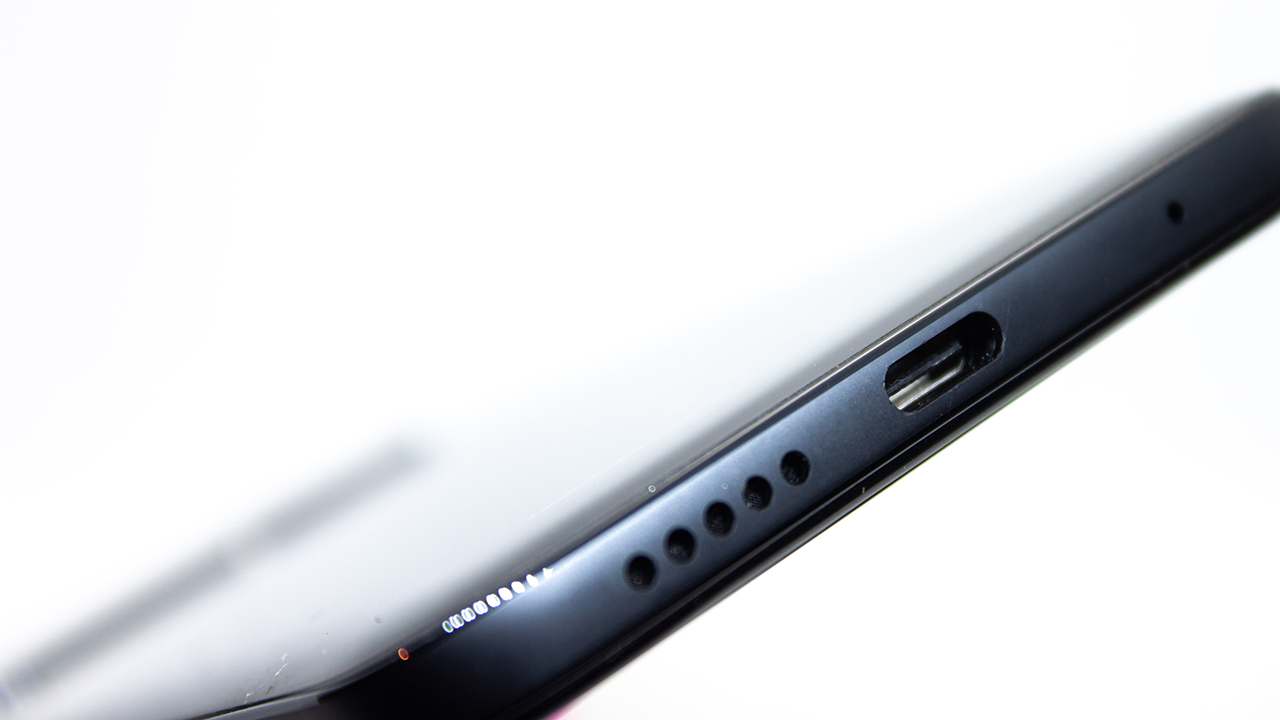
At the bottom, you will find your second half of the dual loudspeaker setup, a USB Type-C charging port, and another microphone.
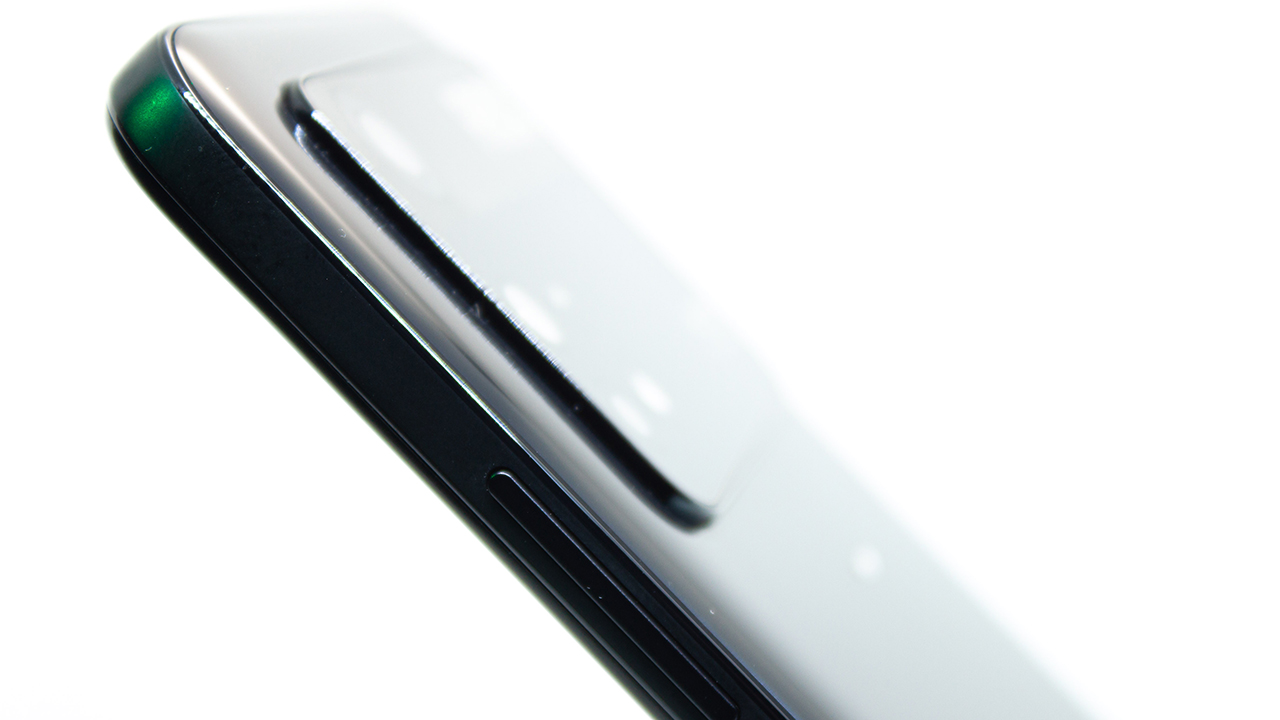
Looking at the right side of the phone, you will find the fingerprint scanner which also serves as its dedicated power button, together with the volume rocker.
On the other side of the phone, you will find only the SIM card tray which can accommodate two nano-SIM cards with a dedicated space for a microSD card.
Display
Moving towards the display, the 6.43-inch FullHD+ AMOLED screen allows the users to have an impressive media and gaming experience. If you add the 90Hz refresh rate to the equation, you will have a slight advantage in competitive games against other players.
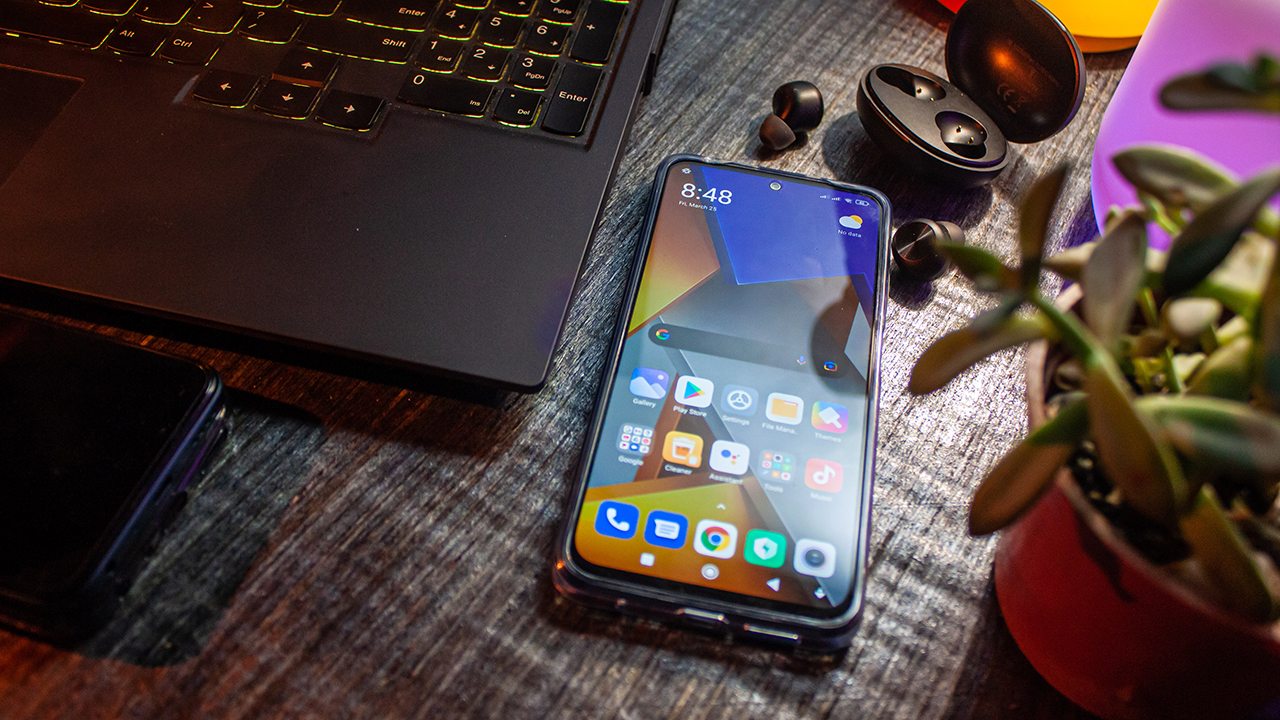
First Person Shooting games and Battle Royale games such as PUBG Mobile and CoD: Mobile are perfect for the size and refresh rate of this phone. Chicken Dinner is secured if you also add the 180Hz touch sampling of this phone which allows you to register your input at a faster speed.
Using the POCO M4 Pro under the harsh sun is not an issue at all. With a maximum brightness of 1000nits, you can easily see your phone even under direct sunlight during noontime.
Cameras
Now shifting gears, let’s talk about the camera department. Equipped with a 64-megapixel main camera, 8-megapixel ultra-wide camera, and a 2-megapixel macro camera, you can get a wide range of shots and styles that you could use for your pictures.
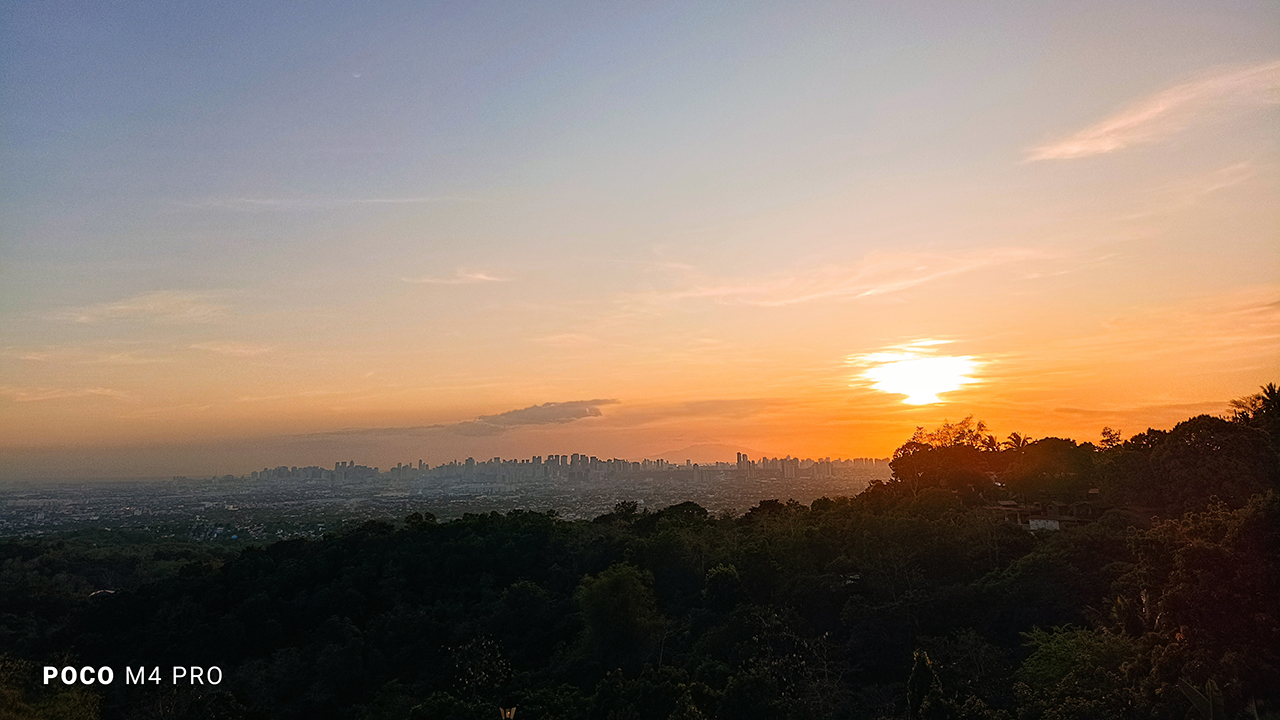
The main camera sensor by default shoots in normal mode with AI features that auto-correct the colors of your pictures.
In general, photos taken in bright places produce images that are very much Instagram-worthy. There are some features in the camera app that add some effects to your photos and this makes your photos more interesting and adventurous.
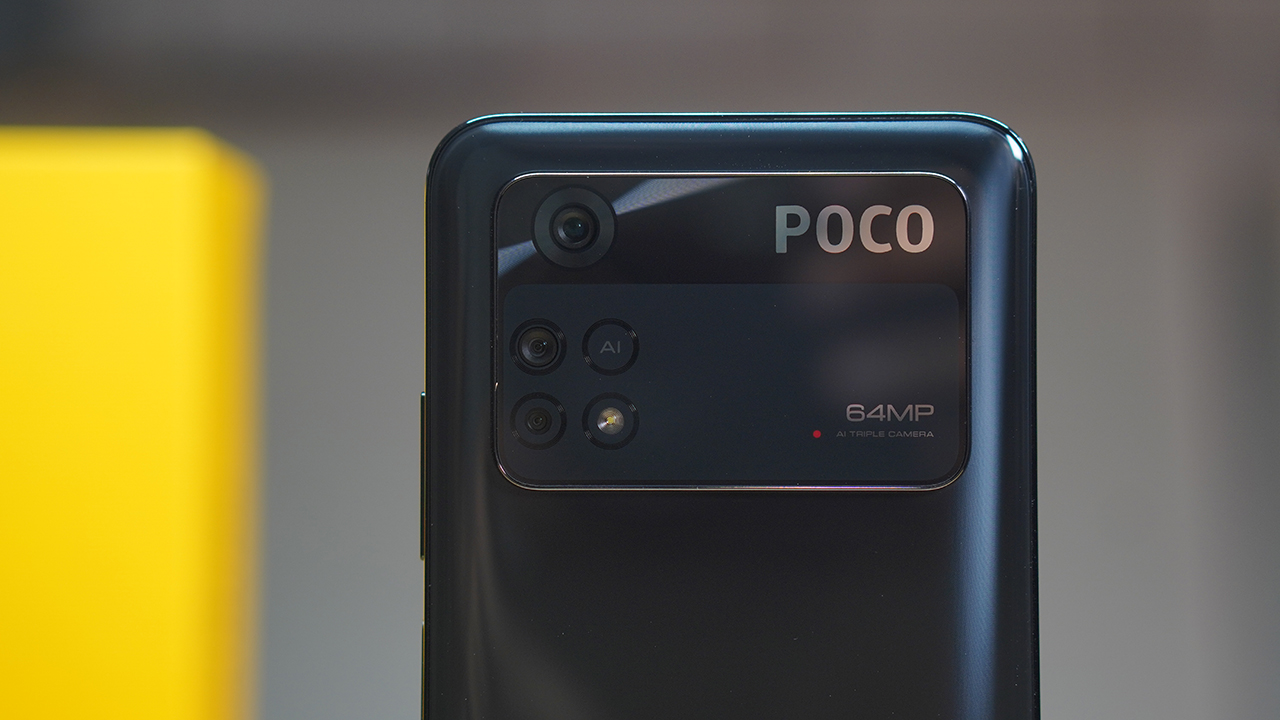
On the other hand, all camera sensors struggle a bit in low-light situations and night photography. Even if you use the night mode of the camera, the exposure of the images is not enough to make a really impressive quality photo.
If you were able to achieve a well-exposed picture, you will see some noise in the photo so that’s one thing to keep in mind if you like shooting in low-light situations.
On the other side of the realm of imaging, taking videos with POCO M4 Pro can take videos up to 1080p at 30fps. Even though the quality is lower than its competitors in the same price range, the video stabilization of this phone is on par with some flagship phones.
Equipped with two microphones, the audio quality of the videos is clear which makes this phone a good camera for aspiring vloggers out there.
Performance
Under the hood, POCO M4 Pro is powered by a MediaTek Helio G96 with an Octa-Core CPU and a clock speed of up to 2.07Ghz. Equipped with Mali-G57 MC2 GPU, you can play low to mid-setting games with no frame drops at all.
When it comes to storage, POCO M4 Pro has two variants available at 6GB RAM + 128GB ROM and 8GB RAM + 256GB ROM. The unit we have right now is the 6GB + 128GB variant.
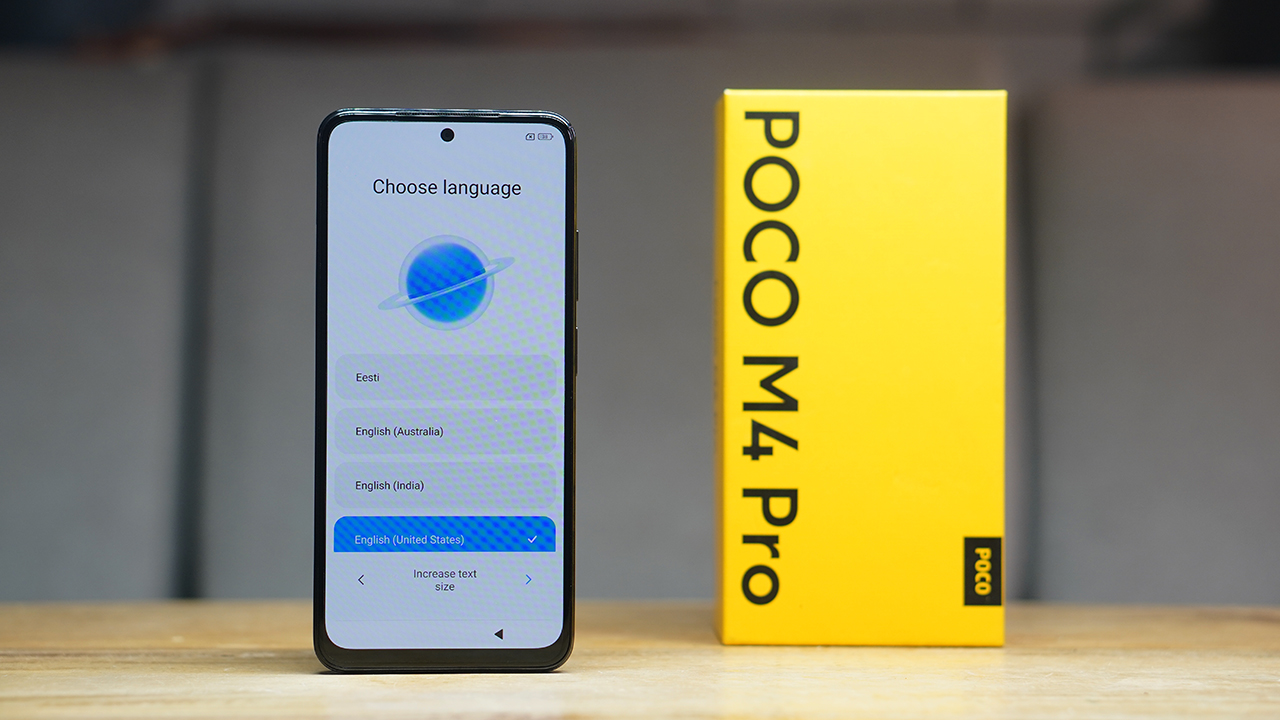
With 6GB RAM and a relatively good processor, gaming is going to be smooth except for some occasional frame drops when playing in full graphics.
Streaming using OMLET arcade is doable but it is recommended that you lower the settings of your game and stream to have a better gaming experience.
Kudos to the Game Turbo mode of MIUI 13 which gives the user some kind of multitasking experience because you can check messages, join discord calls, and do so much more while staying in the game.

The dual speaker setup truly works even in games. However, due to the placement of the speakers, relying on the loudspeakers for the source of information is not going to be the best experience since your hands could cover the speakers and hinder the audio queue of the game.
When gaming, it is still very advisable to use the 3.5mm audio port for real-time high-quality sound.
Battery
Equipped with 5000mAh battery, the phone can last for one day of light usage of social media. However, the phone tends to become power-hungry when gaming. Gaming for one to two hours in full graphics will bring the phone from 100 to 15%.
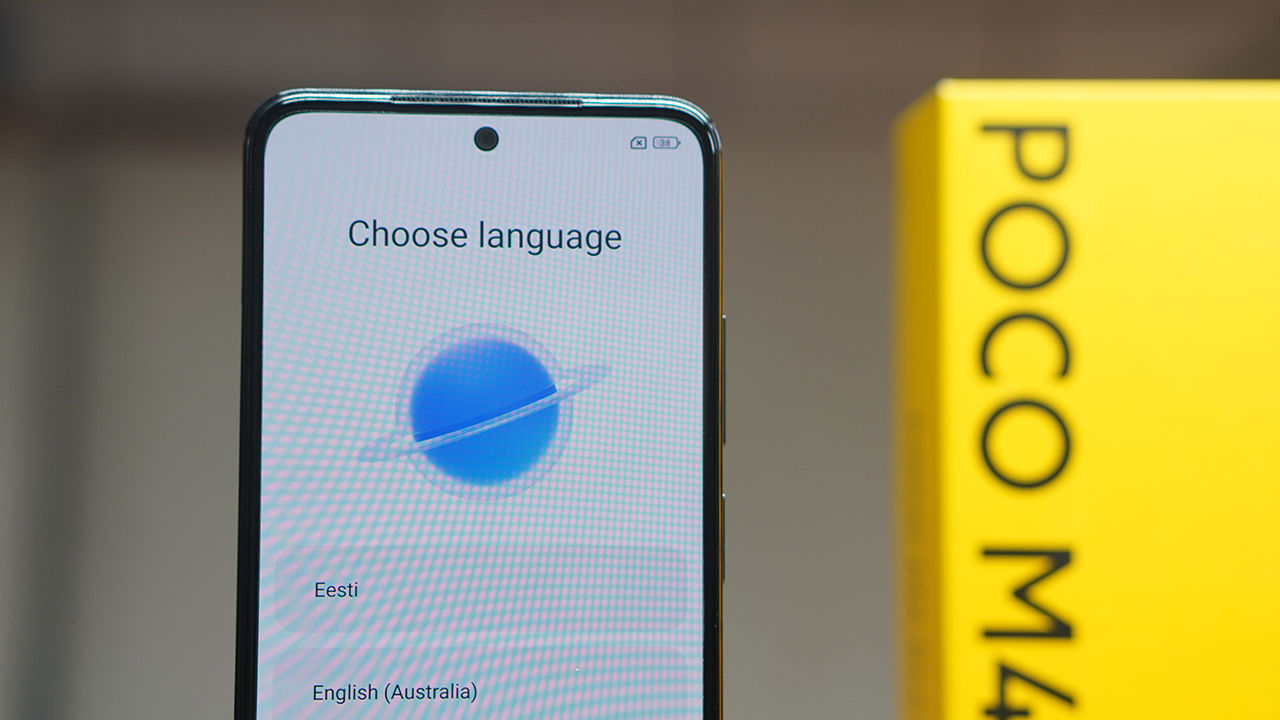
You can watch three to four hours of media in full brightness with the use of headphones and two to three hours of your favorite K-Drama if you are using the loudspeakers in full volume and full brightness.
Thanks to its 33W fast charging feature, you can go back to watching your favorite shows after around 50 minutes of charging from 12% to 100%.
Conclusion
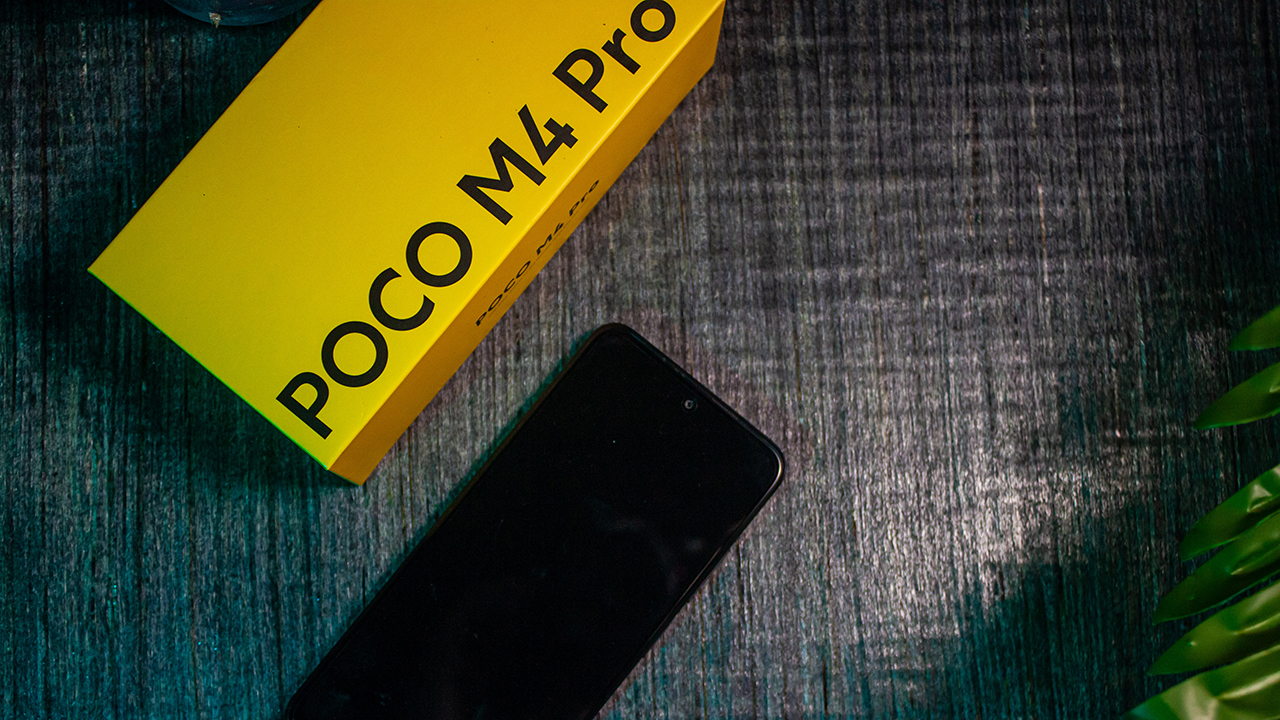
The POCO M4 Pro is a good option if you are looking for a budget phone with good specs for casual photography and light gaming. With its price range lower than PhP 15,000, you will get what you pay for with a good quality screen, a gaming processor, and a big battery.
You also get a camera that’s good enough for casual day-to-day photography and standard videography. You may purchase the 6GB + 128GB variant for PhP 12,990 and the 8 + 256GB version for PhP 13,990 in Xiaomi stores or online through the official stores in Shopee and Lazada.
We also got our hands on the POCO X4 Pro 5G and you may watch our video below.


















